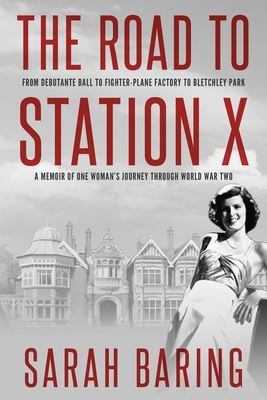
description
m>Holy Land has become an American classic. In "quick, translucent prose" (Michiko Kakutani, New York Times) that is at once lyrical and unsentimental, D. J. Waldie recounts growing up in Lakewood, California, a prototypical post-World War II suburb. Laid out in 316 sections as carefully measured as a grid of tract houses, Holy Land is by turns touching, eerie, funny, and encyclopedic in its handling of what was gained and lost when thousands of blue-collar families were thrown together in the suburbs of the 1950s. An intensely realized and wholly original memoir about the way in which a place can shape a life, Holy Land is ultimately about the resonance of choices--how wide a street should be, what to name a park--and the hopes that are realized in the habits of everyday life.
member goods
No member items were found under this heading.
Return Policy
All sales are final
Shipping
No special shipping considerations available.
Shipping fees determined at checkout.







